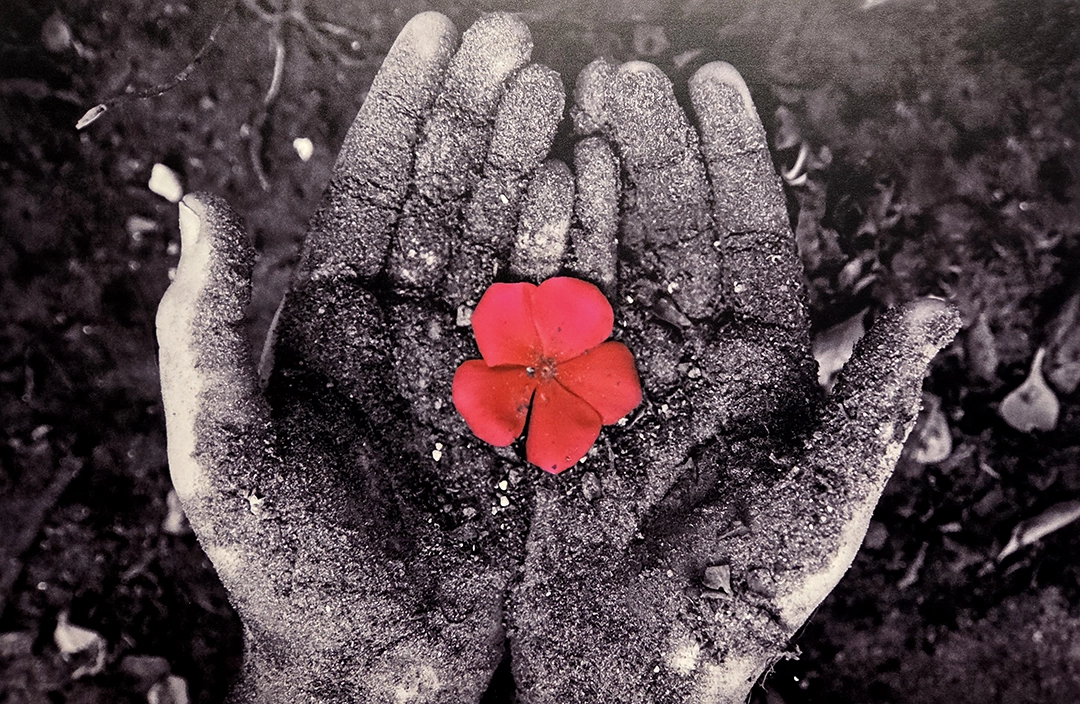 Go to English Version
Go to English VersionContemporary war is no longer only a matter of territory and arms; it is also a visual phenomenon that penetrates homes and consciences through screens and social media. Many young people cannot, or do not know how to, shield themselves from that emotional tempest. Yet some have discovered ways of conjuring it. The photographic camera can become an extension of body and consciousness. It records experience, helps to process what has been lived, and—in certain cases—confers upon chaos a fragile framework of meaning. It is the power of art as a mediator of reality, summoned in times of uncertainty and fear.
Yesterday, at OMBRÉ Gallery, the exhibition Through Other's Eyes was inaugurated: a singular project that gathers young Israelis—Jews and Arabs—around photography as a tool of dialogue and understanding. Four adolescents traveled from Israel to Cincinnati to share their images, the stories that inspired them, and, ultimately, their own lives.
The project is part of Givat Haviva, one of the oldest institutions dedicated to building a shared society in Israel. For decades, this organization has fostered educational and cultural programs that bring together communities who rarely meet face to face. With Through Others’ Eyes, Givat Haviva invites Arab and Jewish youth to explore questions of identity, religion, and belonging through the practice of photography.
In Cincinnati, the Jewish Federation hosted the exhibition within its annual Israel Lens initiative, designed to create spaces of dialogue in the midst of growing polarization after the events of October 7. The exhibition was housed at OMBRÉ Gallery and supported by local families—Gail Warm and Brian Swift; Mark Raider and Miriam Rader Roth—who welcomed the young artists into their homes, reinforcing a spirit of cultural exchange that extended well beyond the gallery walls.
During the opening night, Felicia Zacham, Director of Planning and Engagement at the Federation, underscored the importance of creating a shared language between divided communities. “Our duty is to ensure a prosperous community now and in the future, and that begins with listening to one another,” she affirmed. The gallery became an open forum where photography served as a silent mediator of difficult conversations.
The protagonists of the evening were, without doubt, the four young artists: Sami, Noor, Yali, and Chir. Each spoke candidly about their motivations and the meanings behind their works. Sami, a Palestinian-Israeli, explained how the camera allowed him to articulate thoughts he could not always express in words.

In one of his portraits, inscribed across his face in Arabic calligraphy, appears the verse by Mahmoud Darwish: «على هذه الأرض ما يستحق الحياة» — “On this earth, there is that which deserves life.” This does not appear as a superficial aesthetic device, but as a declaration of identity. To bring that verse across the ocean, etched into the skin, can only be read as the act of a teenager—already less adolescent than ambassador—who carries the gaze and faith of his land as testimony. A detail, perhaps, within the ensemble, but charged with the symbolic weight that both visual and literary poetry confer upon the project.
The works unfold narratives that move from the intimate to the collective. Some convey human fragility in the face of war; others deploy symbols of renewal and reconciliation. Within this visual weave, the recurring motif of hands acquires a central role: hands that address the viewer, suggest care, probe the uncertainty of the future, or cling to the immediacy of the present. These are not naive gestures, but attempts to reimpose order upon a reality unraveling. The conscious use of photographic resources—multiple exposures, plays of light and shadow, stark chromatic contrasts—functions as a laboratory of thought, where aesthetics and ethics advance side by side. Each image becomes a personal manifesto, an act of resistance giving shape to convictions more mature than one expects of adolescence. Presented in a tranquil city like Cincinnati, they acquire a peculiar dimension: projecting foreign voices as if they were our own, challenging violence with the lived sense of respite, suggesting possible horizons
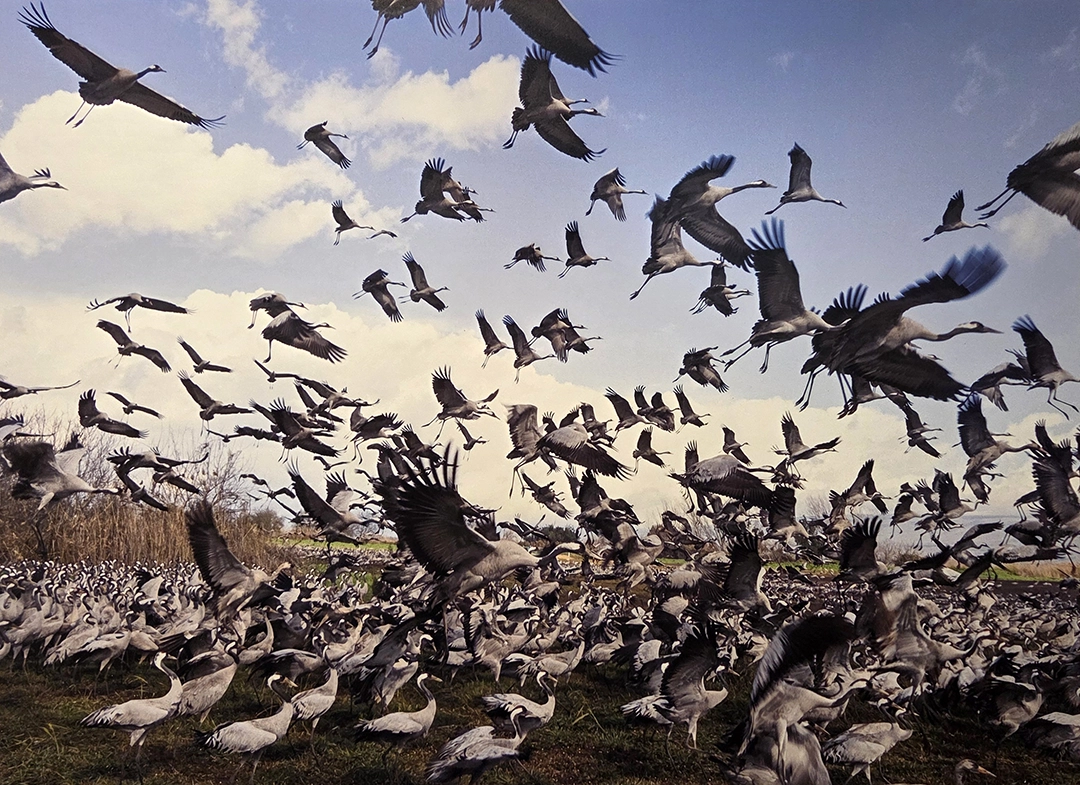
Birds, too, recur. Some soar upright, others even upside down. Yet they seem always to allude to the nostalgia of wings—the lost, or perhaps never-possessed, capacity of those of us who cannot so easily escape circumstance. Birds can flee; young people cannot always flee their youth, which they do not yet know how to value. That is the paradox and beauty of this stage of life, and it is what this program offers: more than technical instruction in photography, it cultivates dialogue, guided discussions, and processes of coexistence that participants describe as both difficult and rewarding. “At first, it was hard to listen to narratives contrary to my own,” admitted one of the youth, “but I learned to respect them.” That exercise in mutual respect was evident in the tone of their interventions, which acknowledged differences without denying the possibility of friendship.
In a country where Arabs and Jews rarely share the same spaces, bringing them together to create is no minor gesture—it is a form of peaceful resistance. The reactions within their home communities varied: some friends and relatives supported the process; others regarded it with suspicion, even disapproval, in times of political tension. Yet with time, many came to recognize the value of the experience. “It is much harder to hate someone once you know them as a person,” remarked another of the artists, sparking spontaneous applause from the Cincinnati audience.
Through Others’ Eyes proposes a message at once profound and disarmingly simple: we must dismantle stereotypes and recognize, in the other’s face, the humanity we claim as our own.

The exhibition stands as a living testimony that art can open fissures in the walls of incomprehension. With the support of Givat Haviva, the Jewish Federation, and the local community, these young photographers offer not only their works but also a lesson in courage and hope: the possibility of looking at conflict from another perspective and, through that gaze, imagining a future not yet visible on any horizon.

The young artists introduce themselves
Sami
Hello everyone, My name is Sami, I’m 17 years old, and I’m from Kfar Qara.
I see myself as a social and loving person, and I always find myself making friendships that last a long time along the way, a lot like the fantastic friendship I am proud to share with my dear brother Yuli Sobol.
I’ve been an active part of Givat Haviva since 2022, and it has been an essential experience for me. Being involved in its programs has helped me grow by connecting with different people and gaining a deeper understanding of society. I’m very passionate about learning and engaging in meaningful conversations with all types of people, and most of all, I love making a positive impact in my community.
I’m proud to say I’ve been a member of the “Through Other Eyes” program because it really had a positive impact on me as Sami. I look forward to the greater good we hope to achieve together.
Looking forward to the good times we’re going to share!!
Noor
I'm Noor, a 16-year-old from Baqa al-Gharbiya, the eldest daughter in my family with two younger sisters. I have many hobbies, but photography is my absolute favorite.
I’m an 11th-grade student at Al-Sindiana School, specializing in Physics and Biology—two fields that have always fascinated me. A year ago, I joined a photography course with instructor Jenan, bringing together Arabs and Jews. This course allowed me to experience shared living, and it was an amazing and unique experience. Throughout the course, I discovered just how deeply connected I am to photography—it has become a significant part of my life.
I'm also a young Shalach instructor (a youth outdoor leadership program) and am currently in the final stage of my training—the "Survival" phase. Through this program, I have developed personal and physical skills, and today, I can guide young groups on hikes as part of my volunteer work.
Shir
Hey everyone!
I'm Shir, a 17-year-old from Kfar Yona. I'm an 11th-grade student at Emek Hefer, majoring in Biology and Psychology. Recently, I also started studying Biology out of a desire to understand and help people.
In my free time, I love working out, taking photos, and hanging out with friends!
I strongly believe in coexistence in Israel and in connecting through art, which is why I joined Through Other Eyes. It was a meaningful and enjoyable experience for me. Thanks to Jenan and the photography studies, I had the opportunity to experience shared learning between Jews and Arabs and made new friends.
Looking forward to meeting you all!
Yuli
Hello! I’m Yuli, 17 years old, from Kibbutz Magal.
Currently studying in London at Hult Business School and next year graduating with a Bachelors in Business Administration. I lived quite a few years abroad (Uganda, Kenya, Dubai, USA, and now London), but during my years in Israel, I devoted a majority of my time to achieving real coexistence. I participated in the program “Through Other Eyes”, and under the leadership of Jenan, we learned a lot during that year.
This year, during my second year of my degree I focused mainly on delegating in Model United Nations conferences, with the most recent one being Harvard WorldMUN in Manila (Philippines) this March. I also enjoy working out and taking every opportunity I have to travel!
Since I moved abroad again, I have kept on supporting Givat Haviva whenever I can as I truly believe in their work! I look forward to meeting all of you!
Presented by Friends of Givat Haviva. Supported by Jewish Federation Cincinnati | Jewish Foudation of Cincinnati and hosted by OMBRÉ Gallery
Contemporary Art Jewelry0 The exhibition can be visited at OMBRÉ Contemporary Art Jewelry, 1429 Vine Street, Cincinnati.



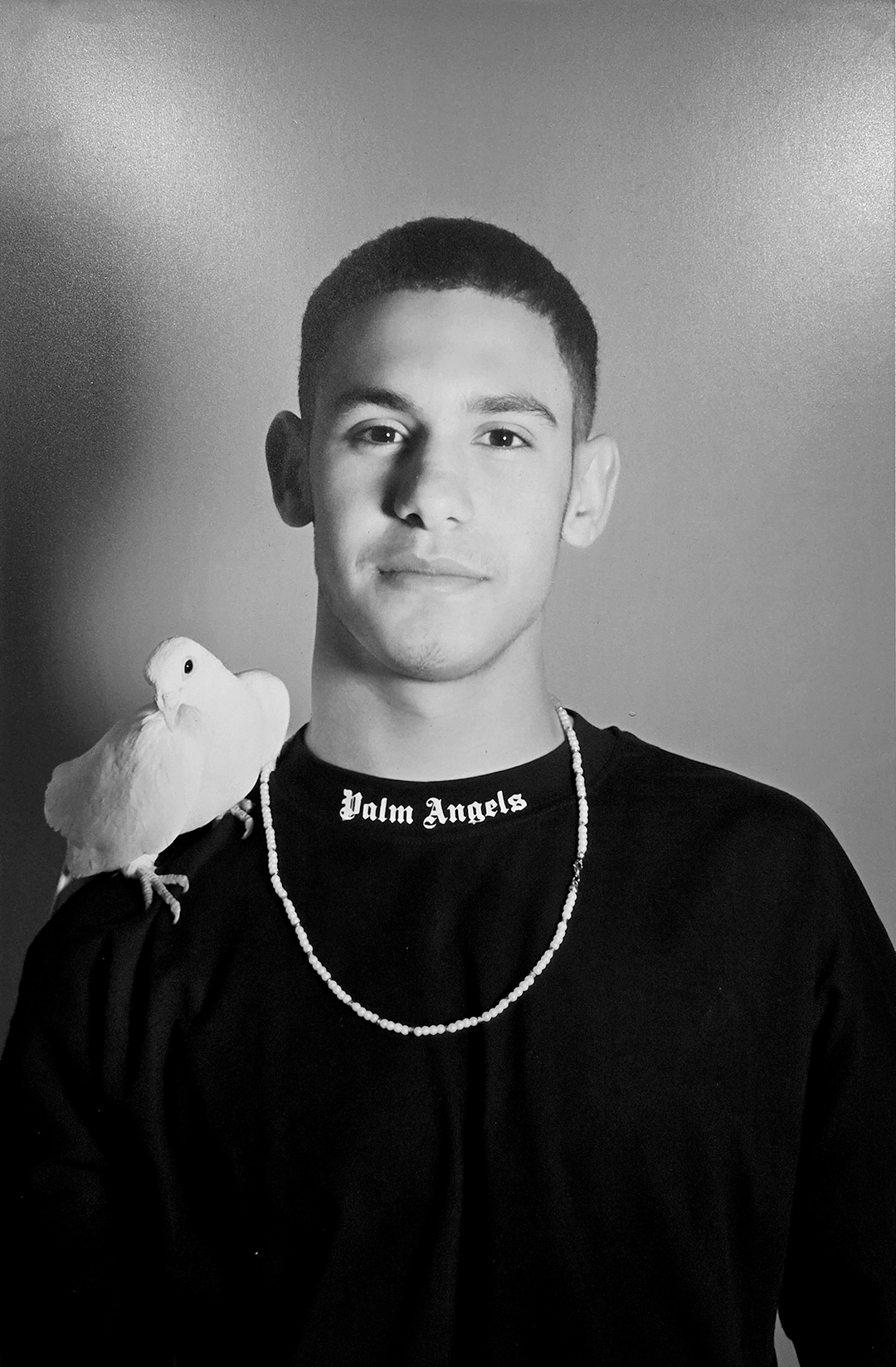
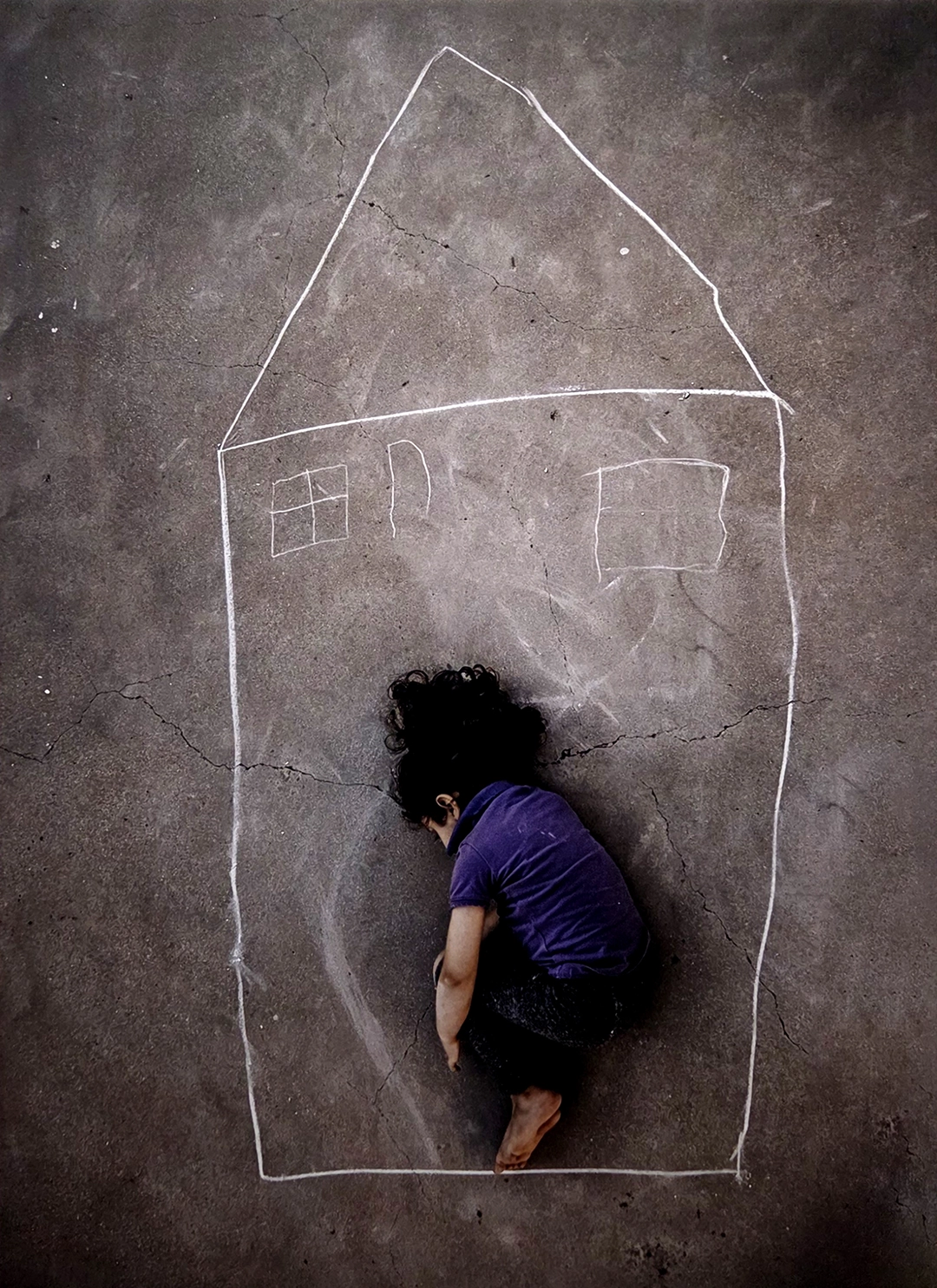
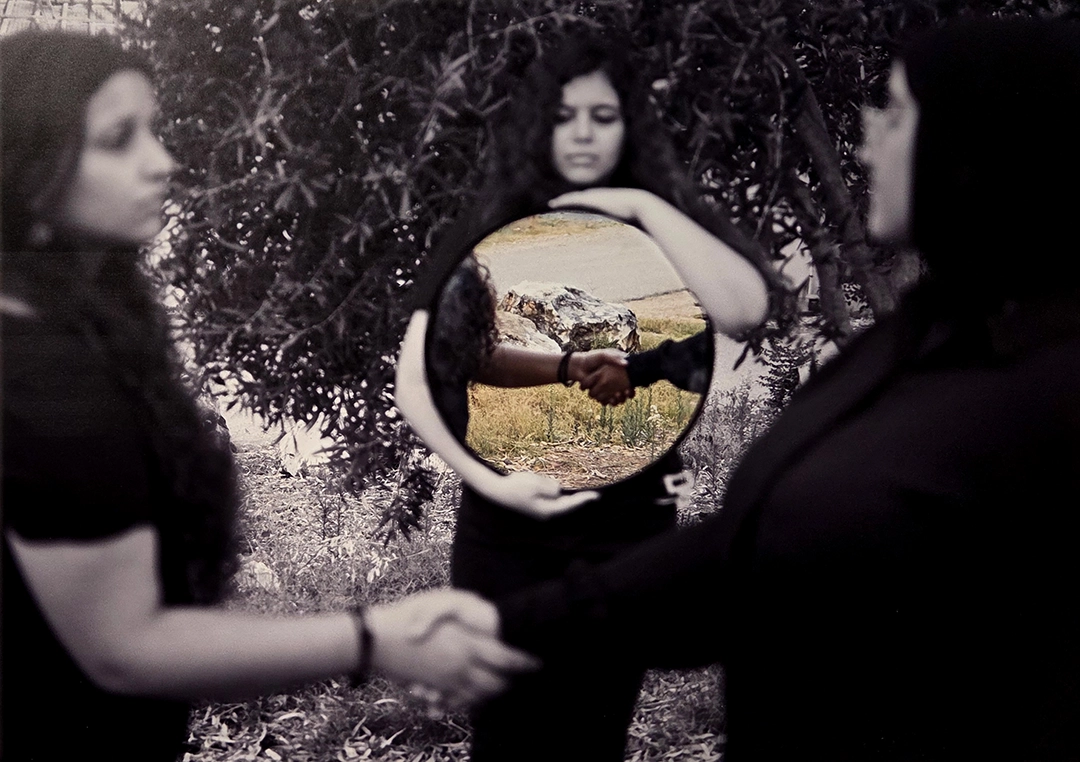
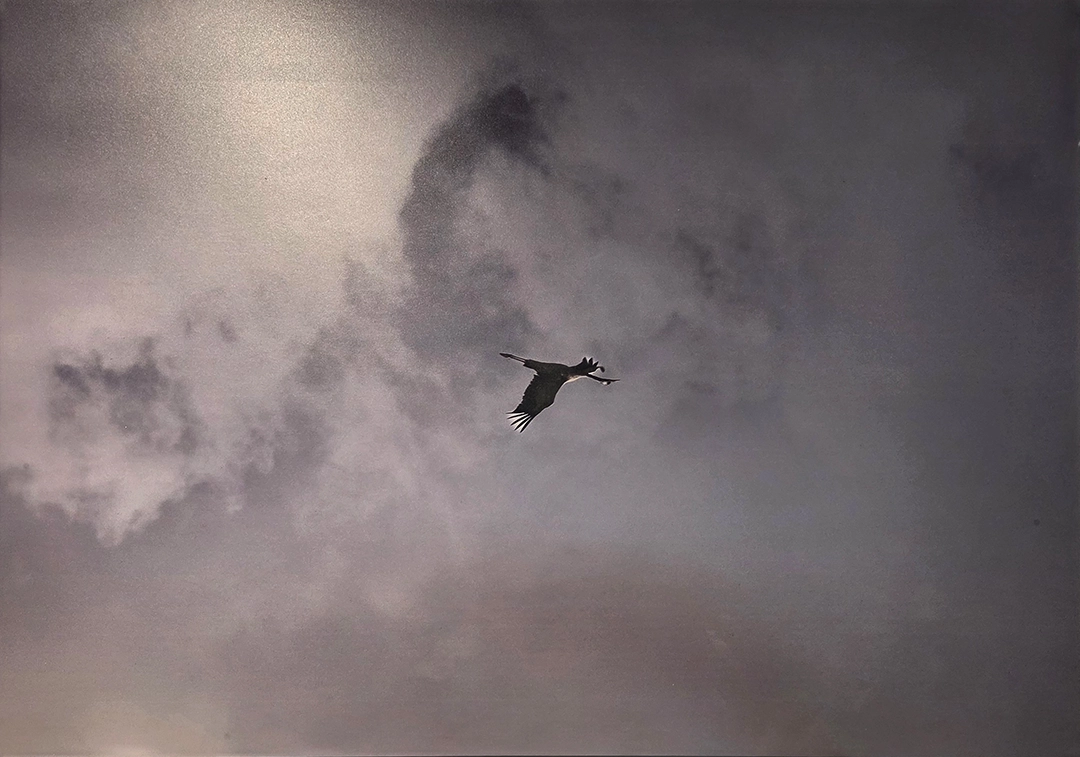
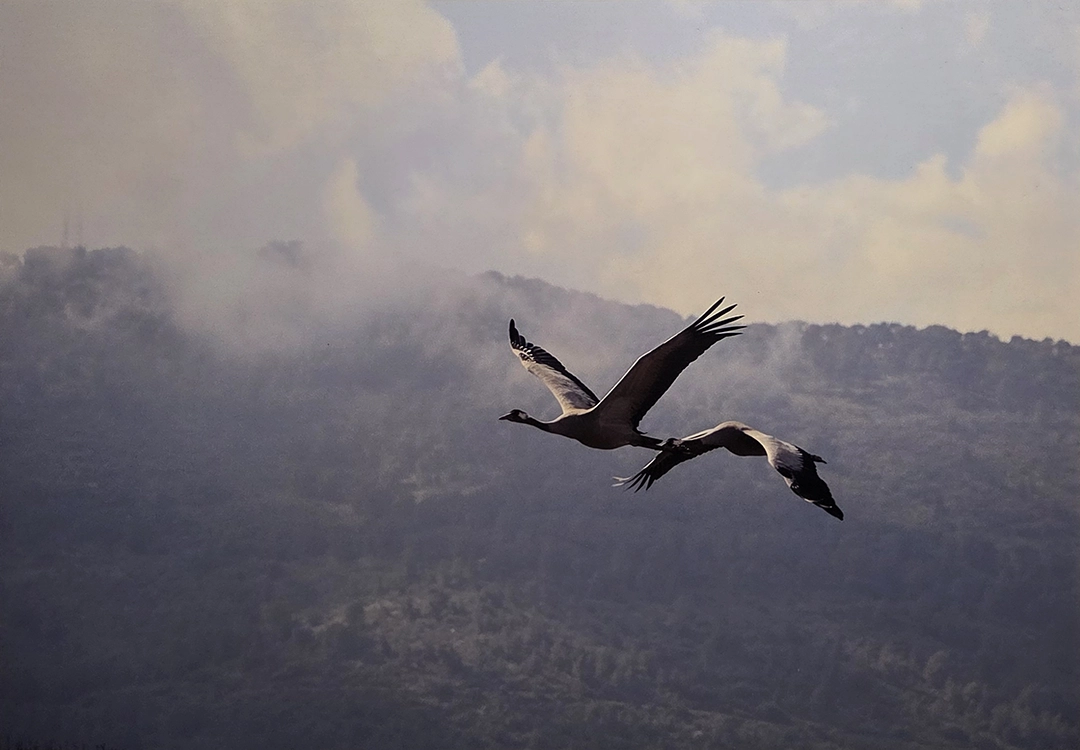
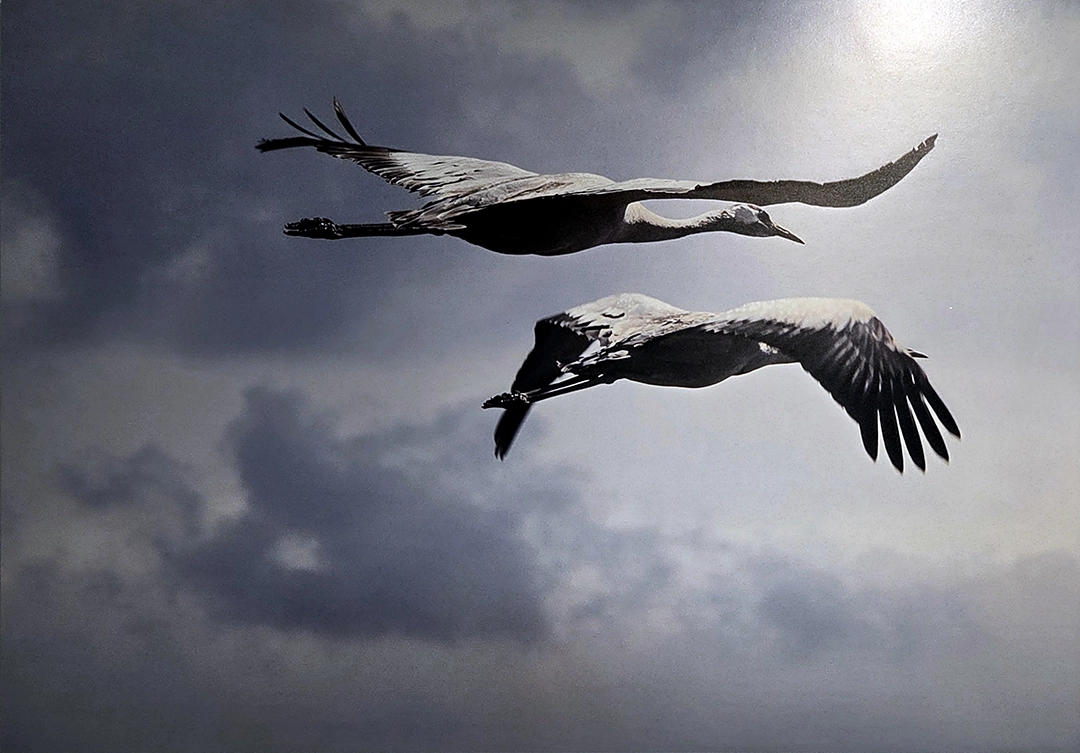
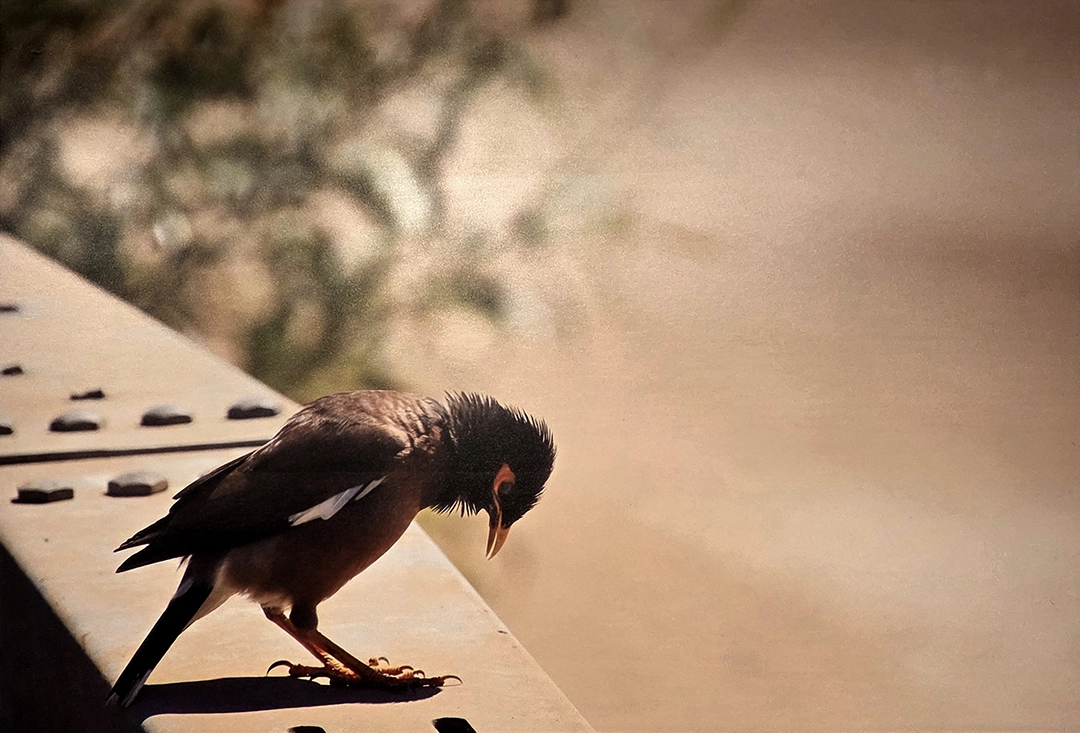
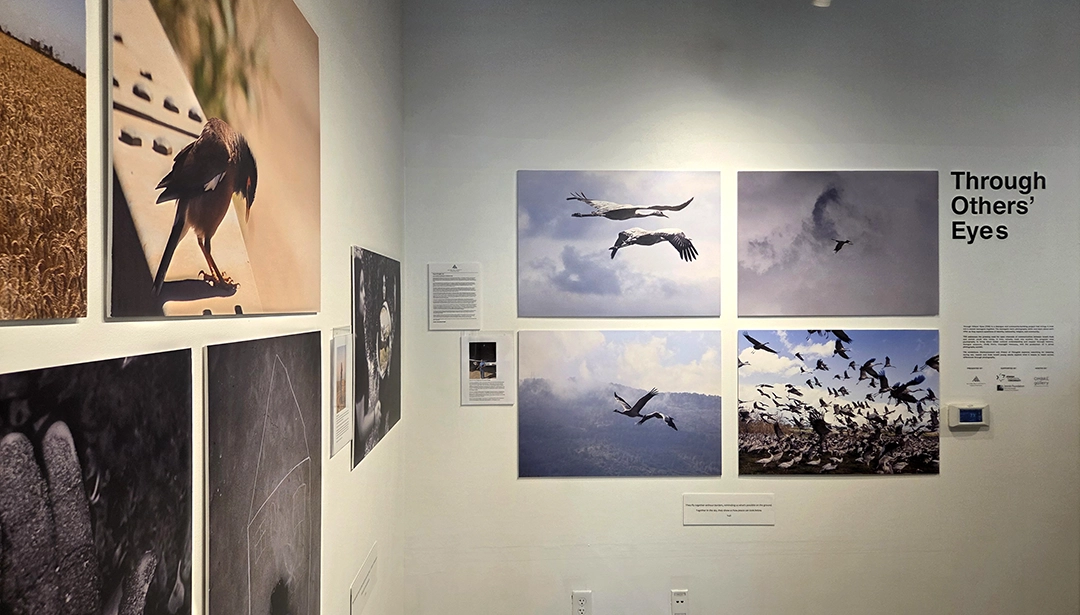
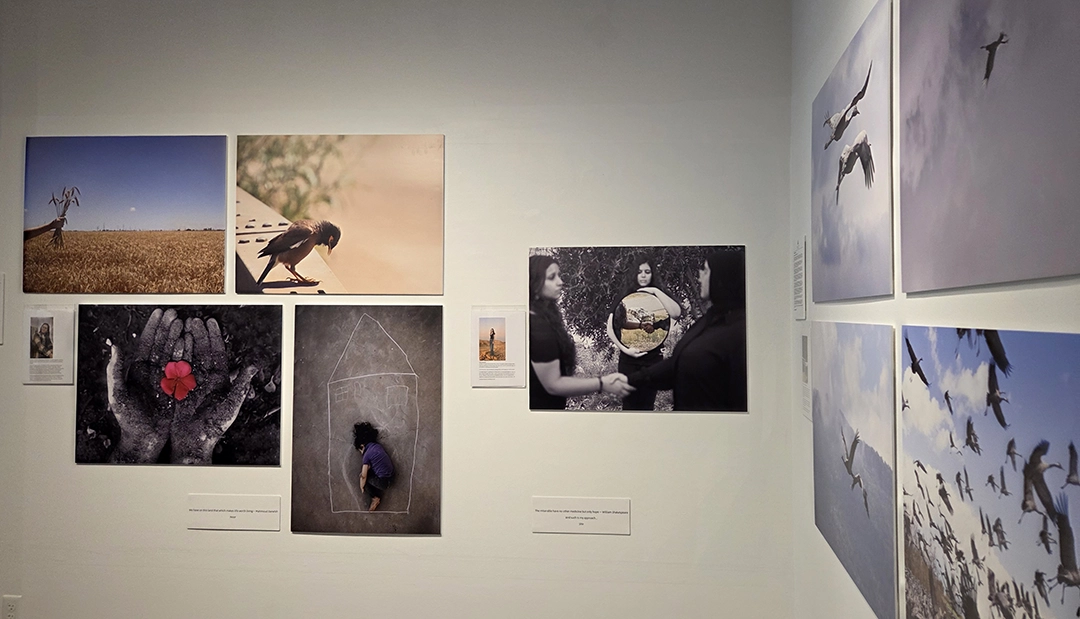




Comments powered by Talkyard.